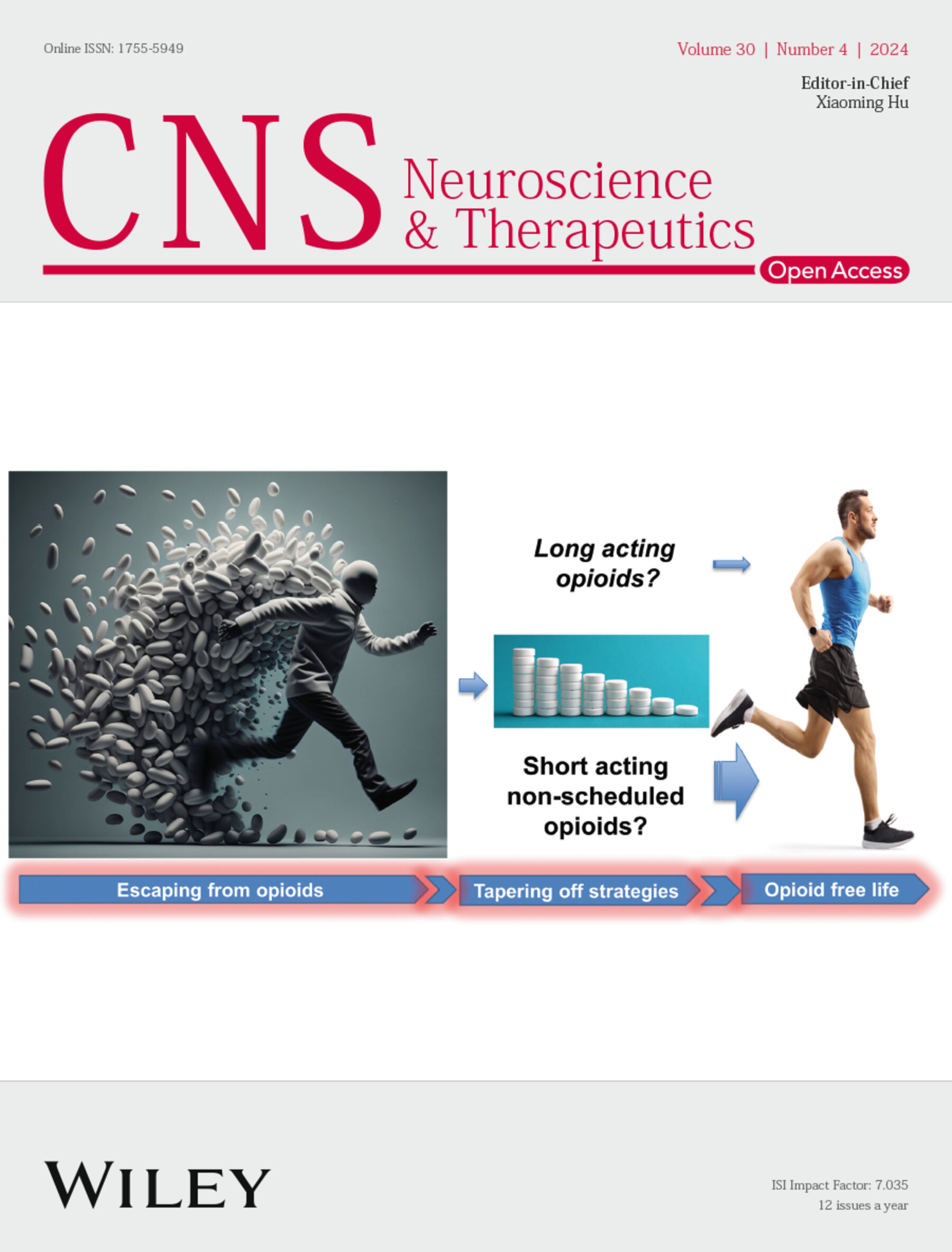Gut Microbial Tryptophan Metabolism Is Involved in Post-Cardiac Arrest Brain Injury via Pyroptosis Modulation
Abstract
Aims
Post-cardiac arrest brain injury (PCABI) is a leading cause of death in cardiac arrest/cardiopulmonary resuscitation (CA/CPR) victims and long-term disability in CA/CPR survivors. Despite previous evidence indicating that the microbiota-gut-brain axis is critically involved in many neurological disorders, no research has hitherto established a connection between the gut microbiota and PCABI through this axis. This study aims to explore the biological roles of microbial tryptophan metabolites in the progression of PCABI.
Methods
To achieve this, we pretreated rats with a cocktail of broad-spectrum antibiotics (Abx) to eradicate the gut microbiota before establishing a 7-min asphyxia-CA/CPR model.
Results
Remarkably, the 24-h survival rate and neurological outcomes improved in Abx/CPR rats. Fecal 16s rDNA sequencing and PICRUSt2 analysis revealed that Abx reshaped the microbial community and elevated the proportion of microbial tryptophan metabolism in rats. Metabolomic profiling suggested that Abx shifted the phenotype of microbial tryptophan metabolism from the indole pathway to the kynurenine pathway, thereby increasing the levels of the neuroprotective metabolite kynurenine in the feces, circulation, and ultimately the brain. Furthermore, the hippocampal expression of aryl hydrocarbon receptor (AhR), an endogenous receptor of kynurenine, was upregulated in Abx/CPR rats. In vitro experiments further demonstrated that the neuroprotective effects of kynurenine are AhR-dependent and that AhR activation could negatively regulate the NLRP3 protein expression. Supporting this, results from qRT–PCR, immunohistochemistry, and immunofluorescence in the rat cerebral cortex exhibited that L-kynurenine inhibited NLRP3-induced pyroptosis.
Conclusions
Our study provides a direct clue to the essential participation of the microbiota-gut-brain axis in the progression of PCABI. It demonstrates that kynurenine might attenuate PCABI by inhibiting NLRP3-induced pyroptosis.


 求助内容:
求助内容: 应助结果提醒方式:
应助结果提醒方式:


